Harry Nilsson was a musical genius in more than one sense. Not only was he an accomplished songwriter, but he also pioneered experiments with vocal overdubs and cultural fusions. He was a legend, and many referred to him as the “American Beatle”. Even The Beatles themselves said that Nilsson was their favorite American musician back in 1968.
Videos by American Songwriter
Sadly, like many talented greats of his era, Nilsson had a difficult upbringing and struggled throughout his life. Let’s honor him by revisiting his past and musical contributions to the world.
The Tortured Musician With a Heartbreaking Past
Harry Nilsson was born in Brooklyn. As a child, he was inspired to get into music by his material grandparents. Those grandparents would support his family in a tiny apartment after Nilsson’s father abandoned him when he was just three years old.
This affected Nilsson significantly. He wrote about his abandonment issues in “1941” and “Daddy’s Song”. However, Nilsson’s childhood wasn’t all doom and gloom. His stepfather saw promise in the young man and helped him to improve his singing and musical abilities.
Sadly, though, Nilsson did grow up in poverty and had no choice but to work from a very young age. He worked in theaters and banks before he graduated from high school, and he was quite precocious when it came to computers. He would work at night and pursue his music career during the day.
Eventually, in the 1960s, that hard work would pay off.
Henry Nilsson’s Legacy Still Lives On
In 1962, Nilsson got his first music-related job singing demos for Scott Turner. He successfully worked with the likes of John Marascalco and Little Richard. The latter famously said of Nilsson: “My! You sing good for a white boy!”
From there, Nilsson worked with greats like Phil Spector, George Tipton, The Yardbirds, and other big names. By the late 1960s, he had signed with RCA Victor and released the album Pandemonium Shadow Show. He was able to quit his day (or night) job and pursue music full-time.
In 1968, during a press conference for Apple Corps, John Lennon and Paul McCartney said that Nilsson was their favorite American artist. That praise gave him an enormous career boost. “You Can’t Do That” became a huge hit in the US and Canada shortly after.
It was sudden and unexpected. Nilsson was being pursued by the press left and right. Those journalists were often left disappointed, as Nilsson had a mysterious vibe about him and was intensely private.
We lost Nilsson far too soon in 1994 from complications related to congenital heart problems. If you want to learn more about this mysterious songwriting legend, I strongly suggest watching the 2006 documentary Who Is Harry Nilsson (And Why Is Everybody Talkin’ About Him)? Though, don’t expect to learn much more about this enigma. It’s always the really talented ones who are incredibly private.
Photo by Meagher/Daily Express/Hulton Archive/Getty Images
When you purchase through links on our site, we may earn an affiliate commission.

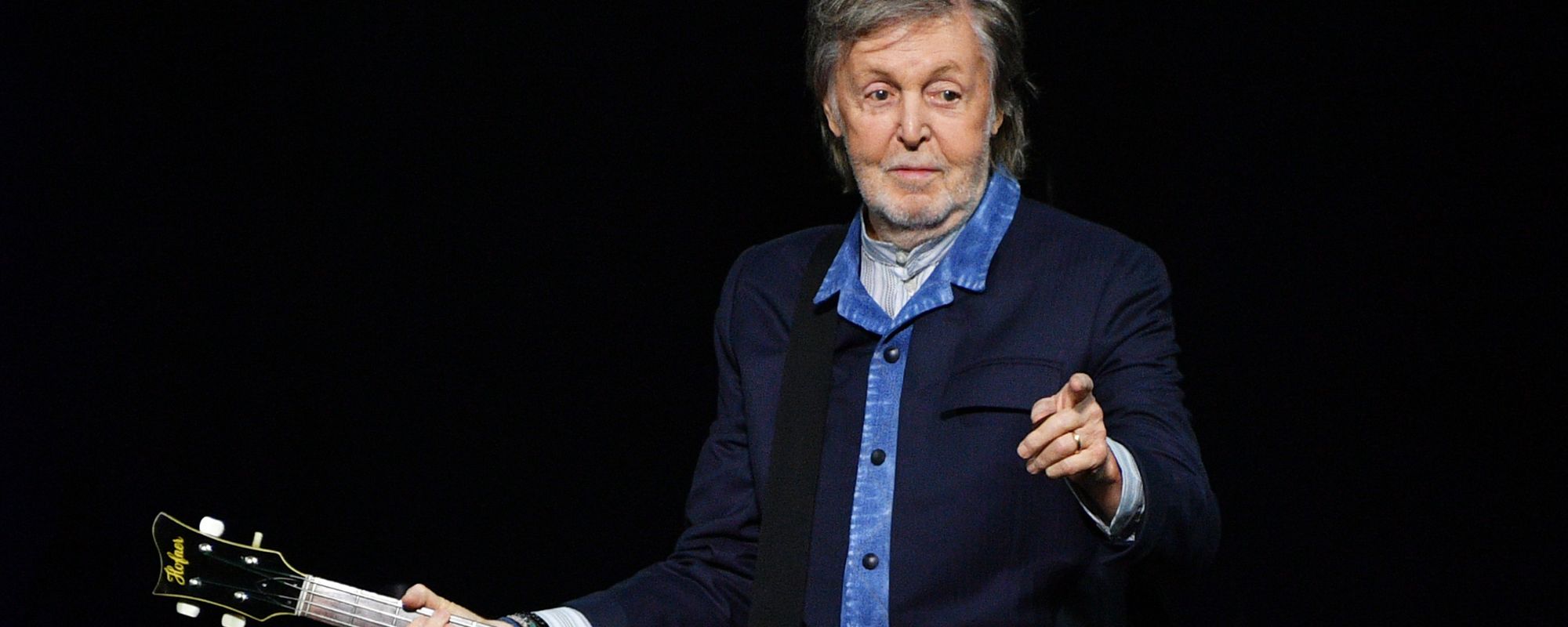

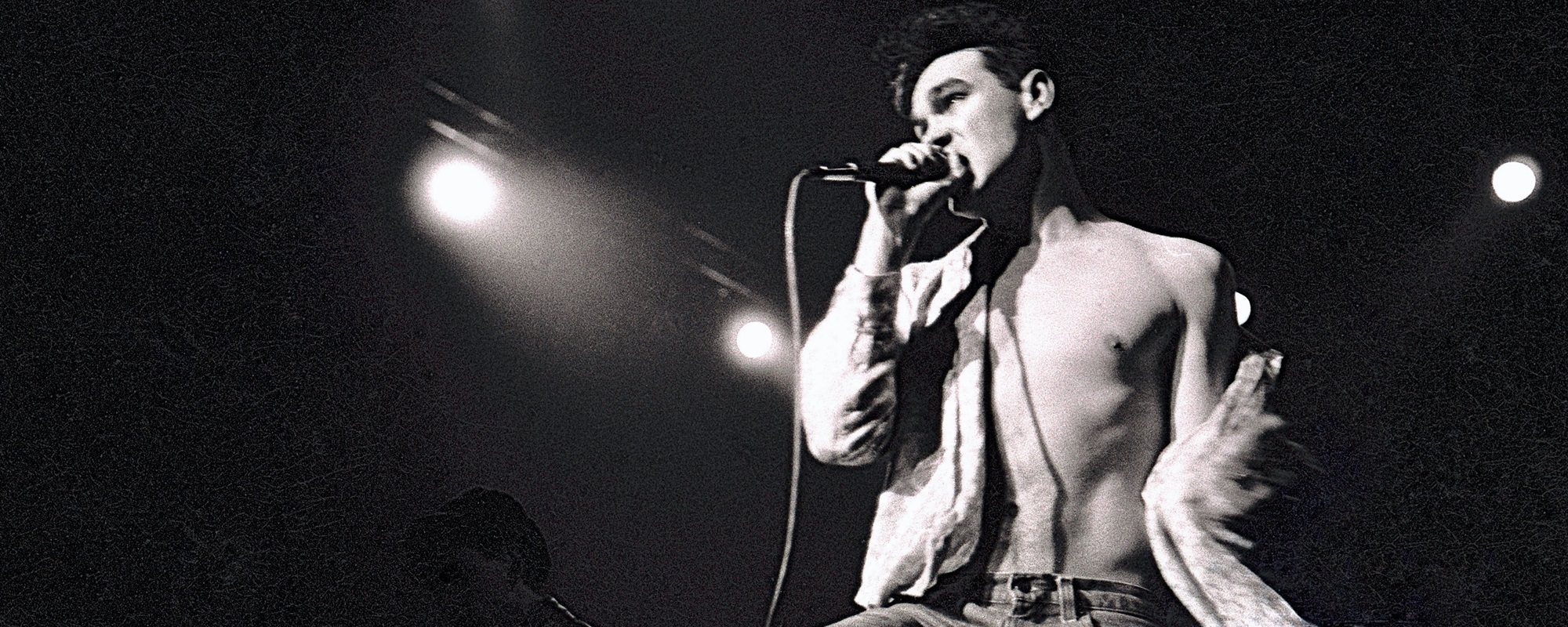
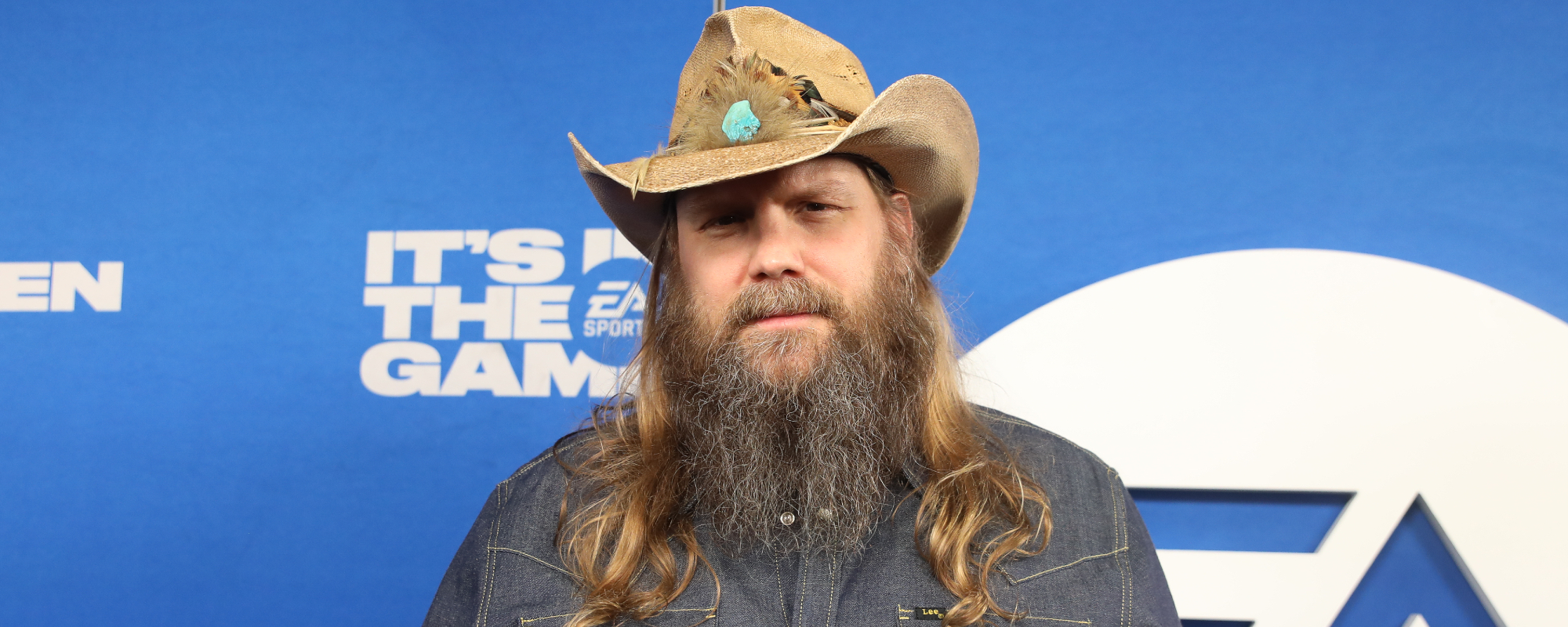
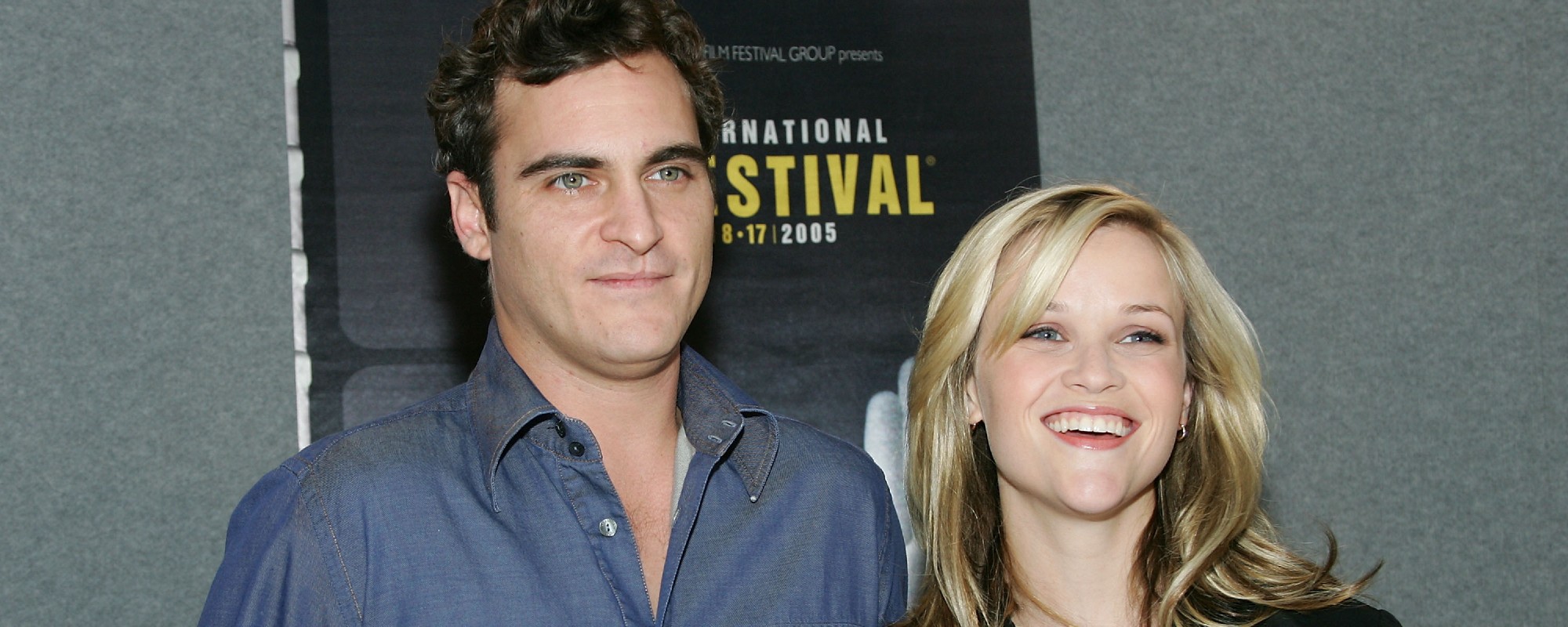

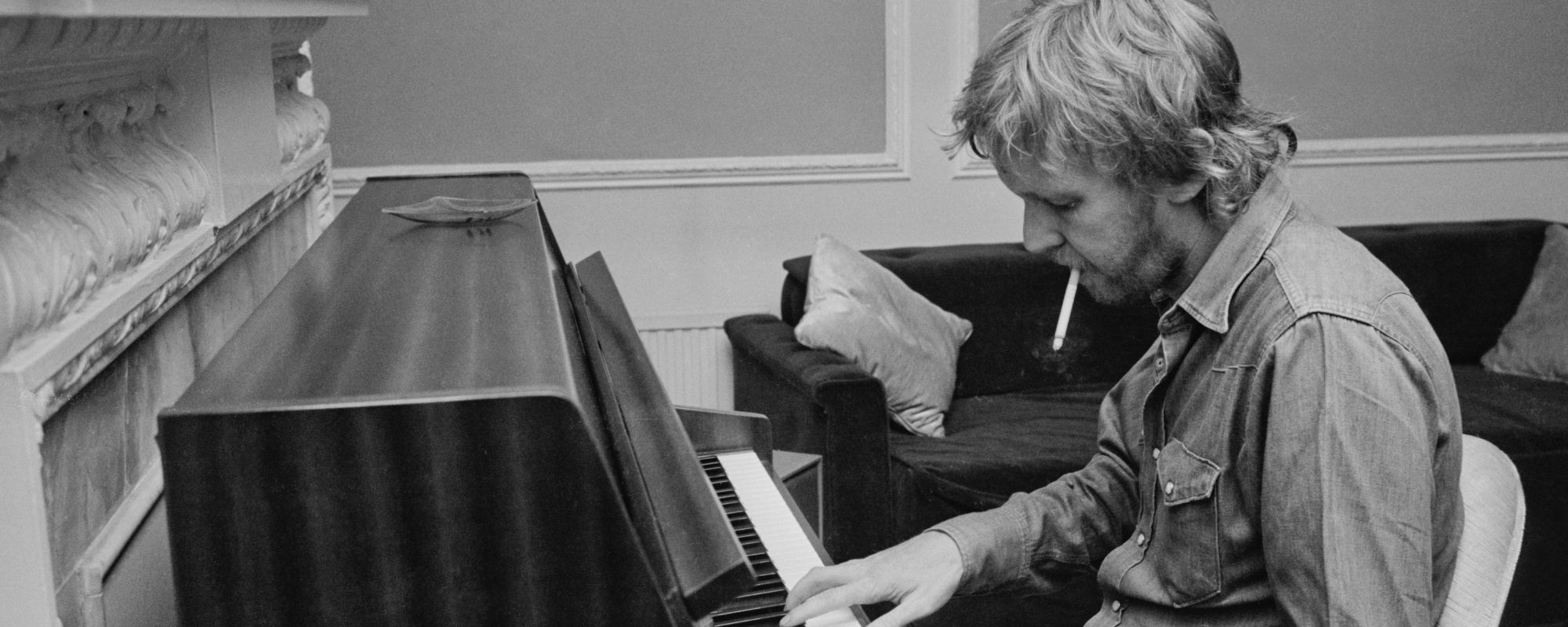
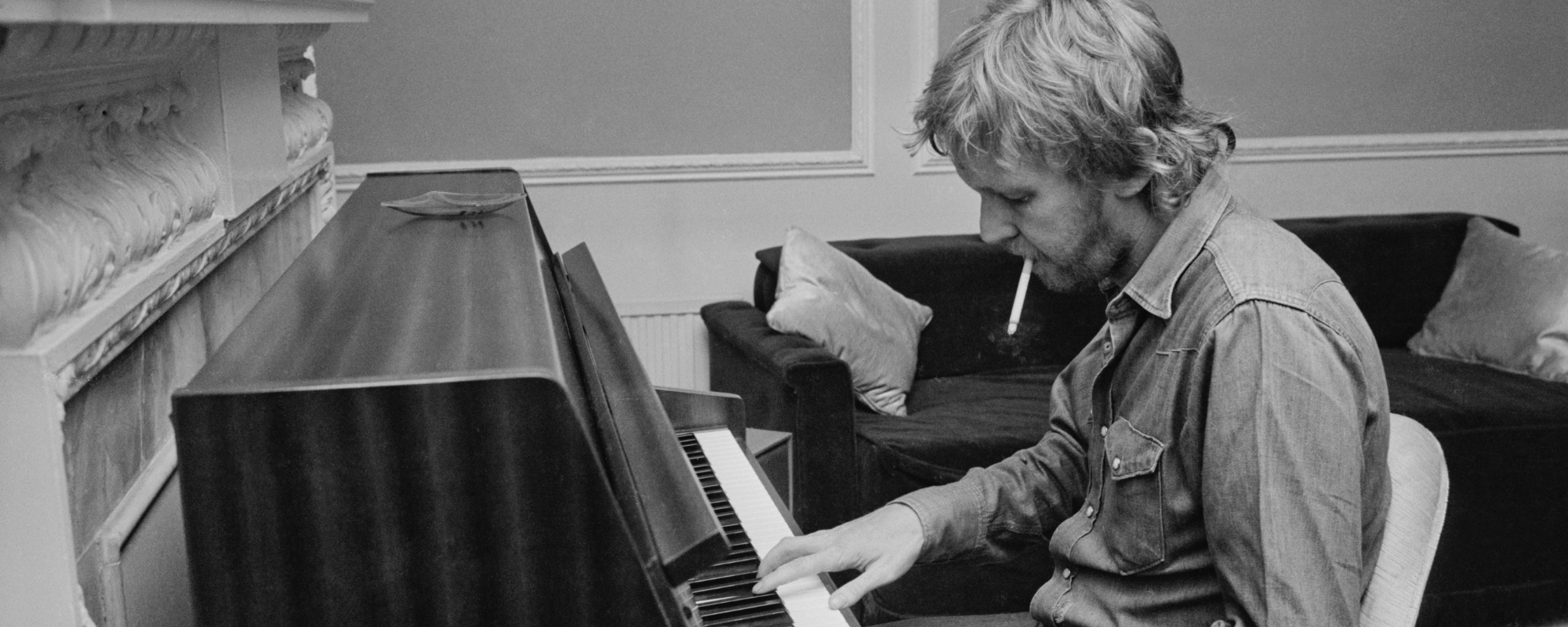
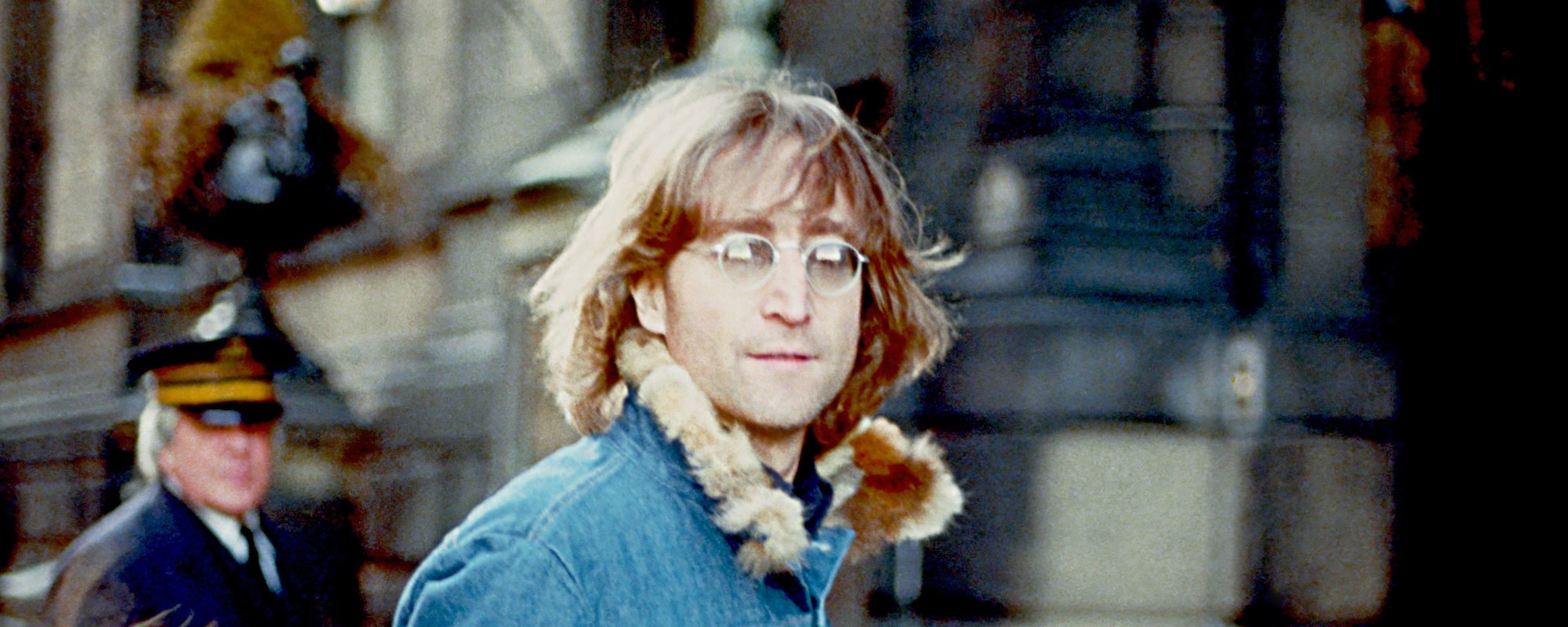
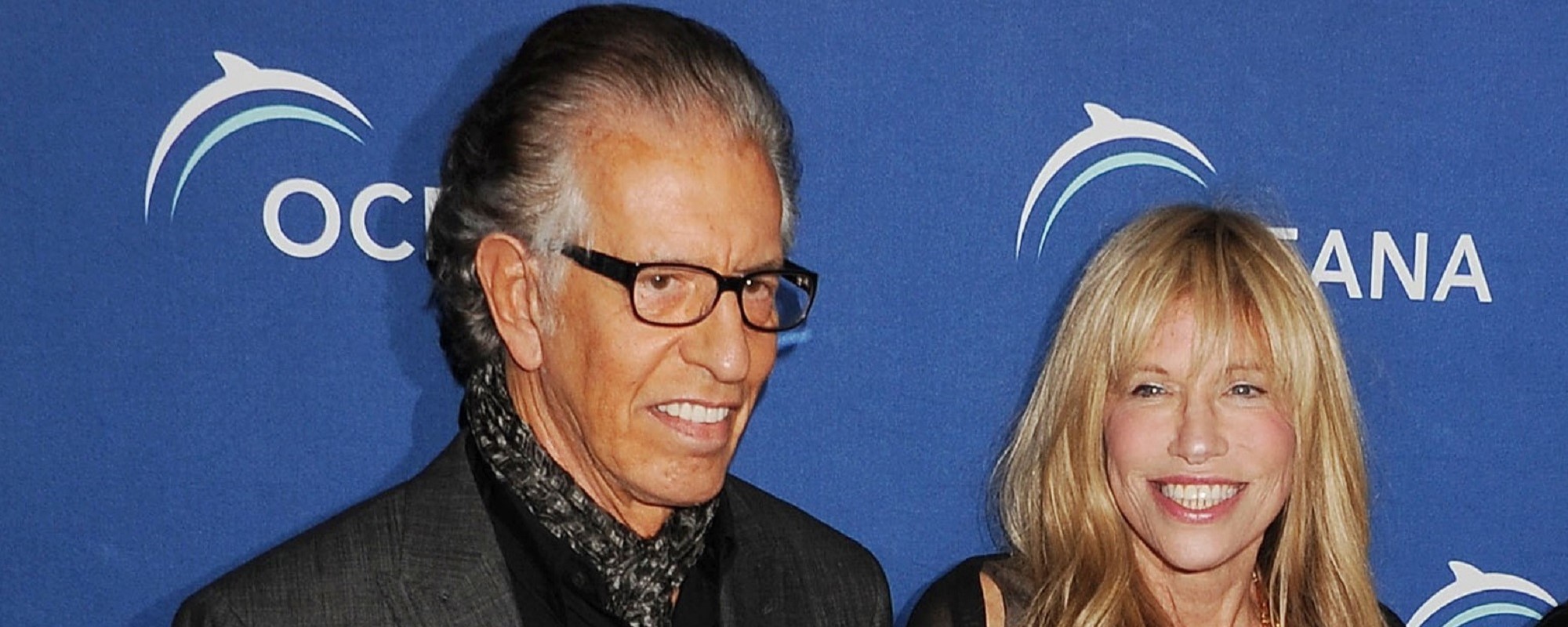
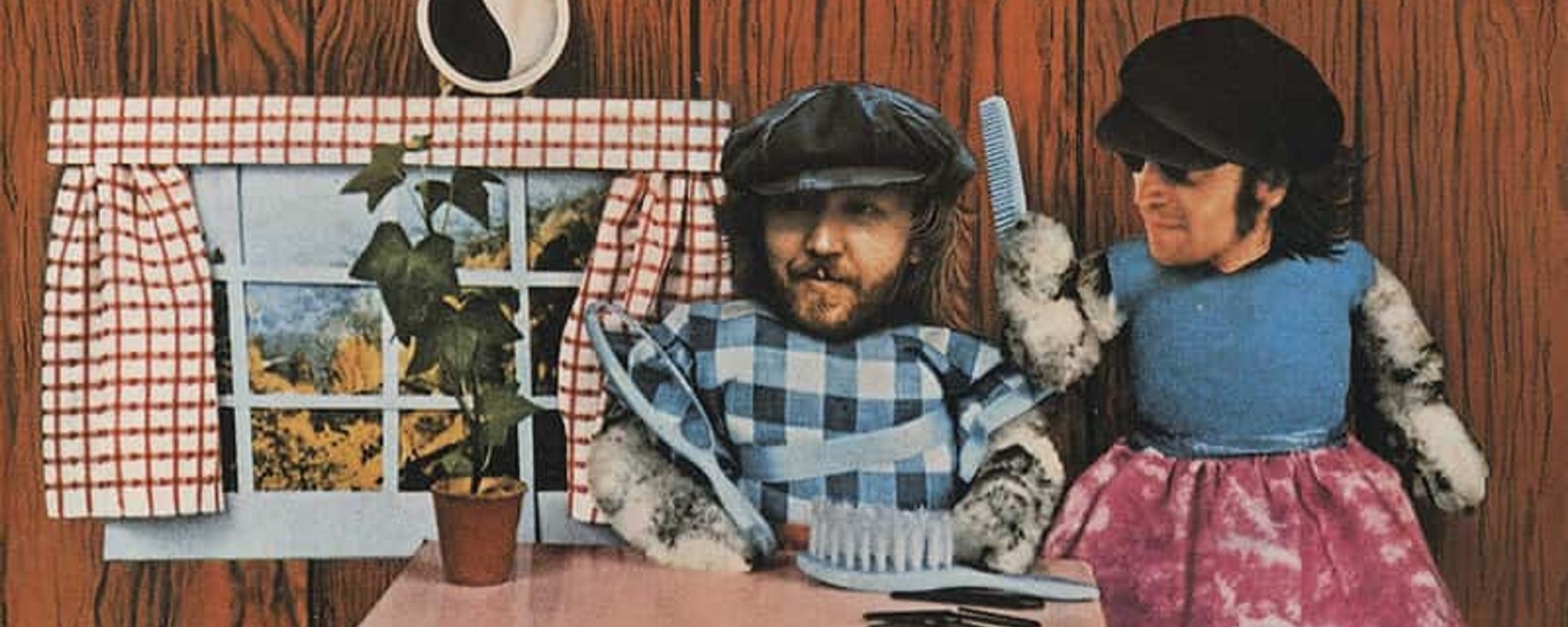

Leave a Reply
Only members can comment. Become a member. Already a member? Log in.